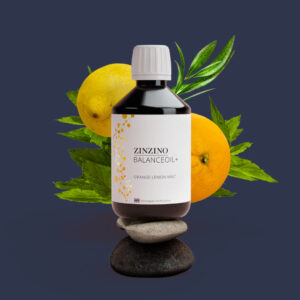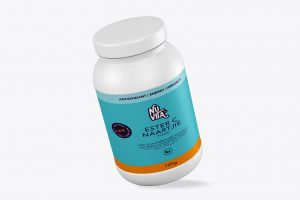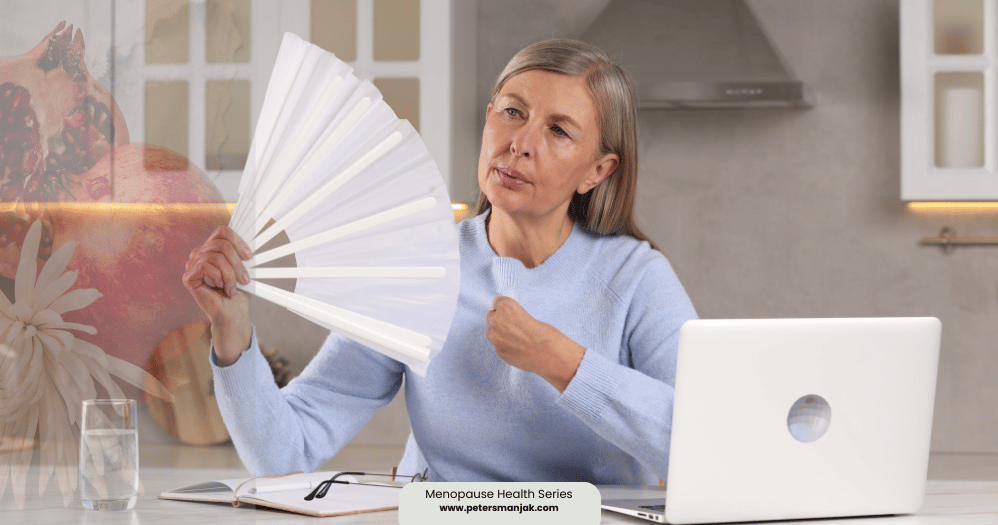The world and our country are moving to the new normal of everyone wearing a mask in public and in business settings. Uncertainty is heightened as to whether DIY masks capture coronavirus particles. Everyone has become a mask expert from their living room. Everyone is selling the next best masks however how many of these masks offer very little protection. To err on the side of caution make sure the mask you select as your face covering provides the proper protection.
With a great amount of conflicting reports, studies and online articles, the first question we need to ask is whether surgical and DIY masks capture coronavirus particles? There are other factors to consider, such as the fit test and breathability however are not covered in this article.
Scientists have already accumulated hard data on air pollution masks that may provide some insight. They have already used electron microscopes to measure how big the corona virus is. Coronavirus particles (scientific name “virions”) are spheres with diameters of approximately 0.125 microns (125 nm). The smallest particles are 0.06 microns, and the largest are 0.14 microns.
This means coronavirus particles are smaller than the PM2.5 cutoff, but bigger than some dust particles and gases. So yes, these are tint particles, not visible to the naked eye.
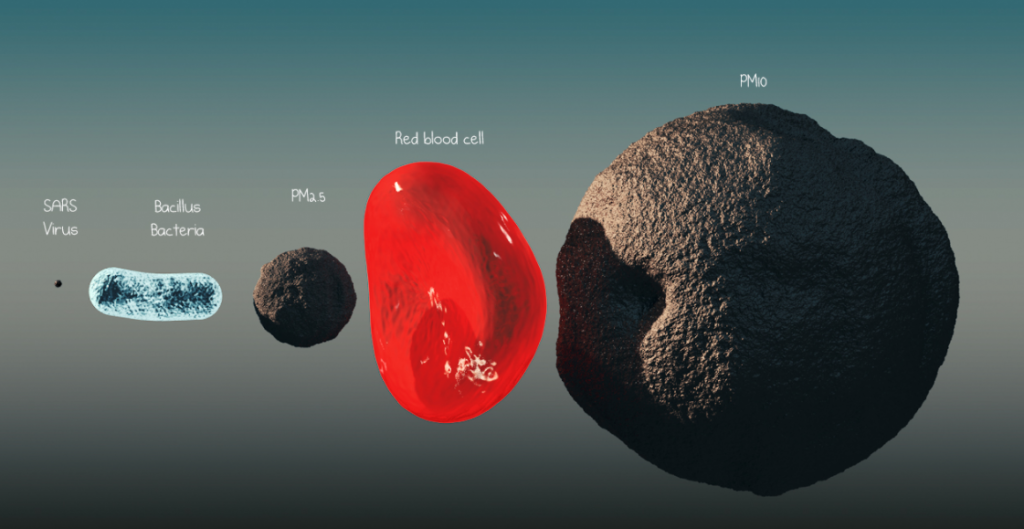
Now that we know how big the particles are, do masks capture coronavirus particles? It Seems Not some people have said: The coronavirus (and other viruses for that matter) is tiny, and masks are so thin. They can’t possibly get tiny coronavirus particles. Business Insider used this logic in their article whose title claimed masks “probably won’t protect you.” And remember we talking medical masks here.

Put to the Test
Researchers from the University of Edinburgh tested different common masks by running a diesel generator (to mimic car exhaust) and piping the exhaust through the masks. They used a particle counter to see how many particles made it through the mask.
One important detail: the particle counter they used measured particles as small as 0.007 microns. That’s over 10 times smaller than the coronavirus particle diameter. We’re talking about truly tiny particles here!
They tested a whole range of masks. In short they found:
Certain high end industrial filters were able to capture over 95% of particles down to 0.007 micron. Given that news outlets have claimed surgical masks can’t capture nanoparticles, it’s particularly surprising that the surgical mask was able to capture 80% of the tiny particles. In another study, researchers shot actual virus particles at N95 masks. The masks captured over 95% of virus particles.
Even poorly performing masks captured over 90% of viruses. The researchers chose two N95 masks that scored poorly in an earlier study, yet even these poor-performers still blocked 94% of particles under the heaviest air flow rate. Surgical masks and N95 masks – can capture viruses and even particles over 10 times smaller.
When you wear a mask and it is slightly open and you can’t get a good enough fit, do they become redundant?
Several top surgical masks were able to capture over 99% of tiny 0.01 micron particles (10 times smaller than the coronavirus), even while on people’s face. What’s more, surgical masks were surprisingly effective, capturing 63% of the tiny virus-sized particles.
The CDC has reported that PPE, respiratory protection included, cannot effectively protect the users if it is not properly and consistently worn. Inconsistent use of personal protective equipment is commonly reported among healthcare professionals and substantially reduces protection. If this has been studied in the healthcare environment how much more will the occurrence of inconsistency occur in the general public.
High end medical masks can protect people from the coronavirus it seems based on the research.Masks can filter particles much smaller than the PM2.5 cutoff. What’s more, they work surprisingly well, even while people are wearing them.
PM stands for particulate matter–particles in the air. These particles can be solids (like dust) or liquids (like drops of water). Sometimes you’ll see “PM” followed by a number, like PM2.5. That refers to particles of diameter 2.5 microns, or micrometers, or less. Microns are small – 1 millionth of a meter. Pollen particles are often 10 microns or bigger. Bacteria are often about 1 micron.
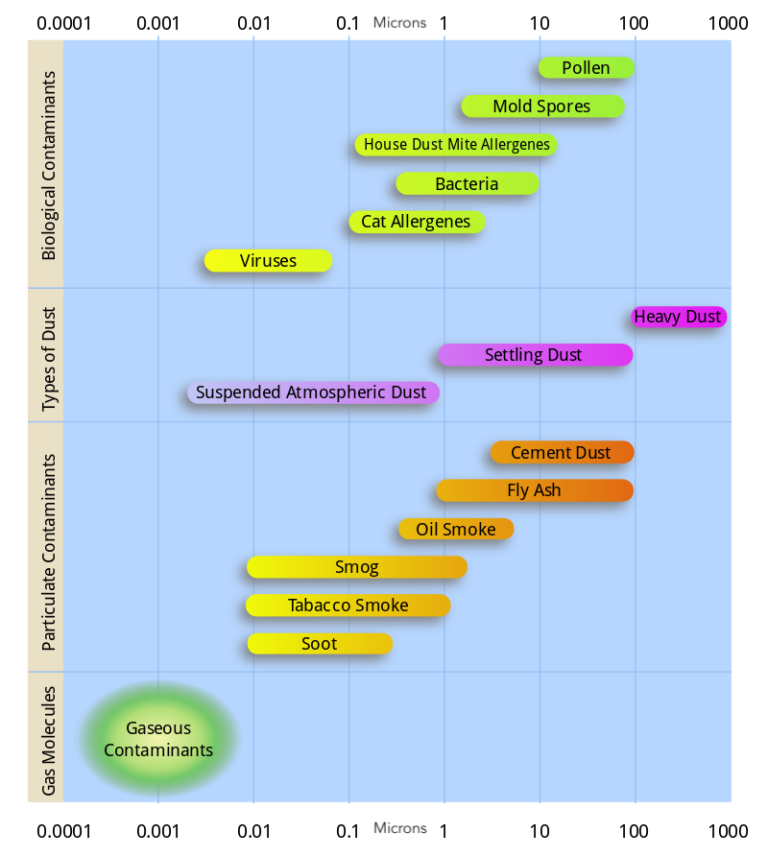
While PM of any size can cause adverse effects to our health, particles below 2.5 microns in size are especially dangerous. These are small enough to be absorbed directly to our bloodstream and enter our lungs, heart, and brains.
The DIY Masks and Virus Protection
Scientists from the University of Cambridge asked this exact question in the aftermath of the 2009 H1N1 flu pandemic.
The researchers asked volunteers to make their own masks using cotton t-shirts and a sewing machine, using a simple protocol they’d devised. Then the researchers shot tiny 1-micron size bacteria (called “Bacillus atrophaeus”) at the masks and measured what percentage the homemade masks could capture.
The DIY masks captured fewer particles than the surgical mask, but they still managed to capture 69% of 1-micron particles.
But is that the smallest particle homemade masks can capture? The researchers stepped it up a notch by shooting .02-micron “Bacteriophage MS2” particles at the masks. These are even smaller than coronavirus particles. The surgical mask captured more particles, but the homemade cloth mask captured 51% of these nanoparticles.
Scientists measure the number of particles inside the mask versus outside the mask while someone is actually wearing the mask. The homemade cotton masks captured 50% of 0.02-1 micron particles, compared with 80% for the surgical mask. Thus, DIY masks still managed to capture particles while people were actually wearing them.
A materials science company in the USA has made a statement of their protective materials: Those making masks of GORE-TEX materials, and any end products made out of them including garments and gloves, DO NOT protect against airborne pathogens primarily acting through the respiratory tract, such as COVID-19. So beware of the material used for the face mask.
Scarves made of merino wool, cashmere and lightweight ramie (similar to linen) were tested and all captured fewer than 10% of smallpox-sized particles. The worst scarf material – 100% ramie – filtered just 2.8%.
How Long Can You Wear DIY Masks for?
DIY masks’ have said to be tested for their effectiveness after people had worn them for 3 hours. Do masks become less effective after getting all wet and humid? The results showed that moisture and time had very little impact on effectiveness for any of the masks. In fact, the homemade masks actually captured 5.8% more virus-sized particles after 3 hours. Thus, wearing them for several hours seems to have little impact on their effectiveness.
DIY Offer Less Protection for Children
Homemade masks were tested on children 5 to 11 years old. When kids wore the homemade masks, they removed just 52% of the 0.02 – 1 micron particles. That means the masks were roughly 15% less effective on kids than on adults. The data suggests that the reason for this is that it is harder to fit masks on children’s faces.
Not surprisingly, masks that fit better will let fewer particles in. Although DIY masks are more leaky than surgical masks, studies have found masks reduce the transmission of flu viruses. This could be good for the coming winter months. Researchers don’t know the exact reason for this, except that some scientists suggest that masks help prevent us from touching our face. That helps keeps us from “planting” viruses our mouth, nose, and eyes.
Fogging Glasses – Wash In Soap And Water
A study in the journal of the Royal College of Surgeons of England that examined the problem of lens fogging for surgeons found that washing glasses in soap and water just before donning a mask helped reduce misting. Washing the spectacles with soapy water leaves behind a thin surfactant film that reduces this surface tension and causes the water molecules to spread out evenly into a transparent layer.
What we need to Know.
Current WHO recommendations suggest the importance of rational and appropriate use of all PPE, not only masks, which requires correct and rigorous behaviour from health care workers, particularly in doffing procedures and hand hygiene practices.
Material masks come in all forms. Many material masks offer less than 50% protection due to the fabric composition. Some reports have shown only an 8% protection rate from virus particles. The risk with DIY masks on your skin for hours in a day could cause a potential allergic reactions. Another risk is breathing in the toxins given off by the material and more so if treated or not washed. Masks should be durable, repellent and absorbent to be highly effective.
A primary concern related to the general wearing of material masks is that, as with any PPE, using a face mask can give the wearer a false sense of security, and they may be less rigorous with other precautions. Experts have reiterated the importance of maintaining a physical distance of 6 ft (1.83 m) or farther from other people, whether they are exhibiting symptoms or not. Caution is required against placing too much trust in only a homemade fabric masks to protect oneself.
Our latest research shows that a material mask can be made as effective as the highest grade surgical masks, the N95. Researchers’ have suggested that the best performing material for homemade masks are based on particle capture and breathability. It was concluded that 100% cotton t-shirts and pillow cases are the best choices for DIY masks. Our research and experience has shown that there are other materials that can be used for making masks. Of all material masks available, we chose for our clients the 100% cotton or our favorite stretch scuba fabric which can be found at www.petersmanjak.com.
Business Insider
CDC: Coronavirus Disease 2019 (COVID-19)
GORE-TEX
WHO
Cambridge University:

